Related Research Articles

René-Paul Schützenberger was a French Post-Impressionist painter.
Maison Devambez is the name of a fine printer's firm in Paris. It operated under that name from 1873, when a printing business established by the royal engraver Hippolyte Brasseux in 1826 was acquired by Édouard Devambez. At first the firm specialized in heraldic engraving, engraved letterheads and invitations. Devambez clients included the House of Orléans, the House of Bonaparte and the Élysée Palace. Devambez widened the scope of the business to include advertising and publicity, artists’ prints, luxurious limited edition books, and an important art gallery. The House became recognized as one of the foremost fine engravers in Paris, winning numerous medals and honours. With the artist Édouard Chimot as Editor after the First World War, a series of limited edition art books, employing leading French artists, illustrators and affichistes, reached a high point under the imprimatur A l'Enseigne du Masque d'Or – the Sign of the Golden Mask and with PAN in collaboration with Paul Poiret. Édouard's son, André Devambez, became a famous painter and illustrator after receiving the Prix de Rome.
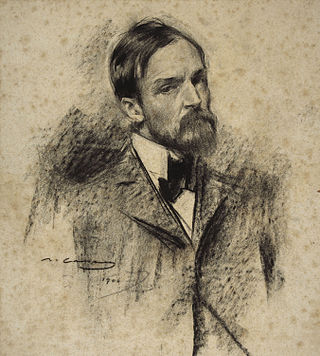
Lucien Joseph Simon was a French painter and teacher born in Paris.
Yolande Ardissone is a French painter. Born in Bueil (Normandy), she studied at the Beaux-Arts and at the Académie de la Grande Chaumière in Paris.

Léon Printemps was a French artist known best for his work as a portrait and landscape painter.
Lucien Vogt, was an American painter and illustrator.
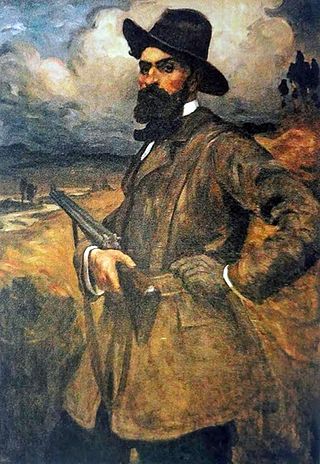
Gaston Balande, was a French painter and illustrator.

Jules Benoit-Lévy was a French painter and printmaker.
Simon Joseph Simon-Auguste was a French artist, known for his intimate paintings, mainly portraits, nudes and still lifes. His production is characterized by a calm, intimate feel, and the effective use of glaze.

Paul Biva was a French painter. His paintings, both Realist, Naturalist in effect, principally represented intricate landscape paintings or elaborate flower settings, much as the work of his older brother, the artist Henri Biva (1848–1929). Paul Biva was a distinguished member of National Horticultural Society of France from 1898 until his untimely death two years later.

Jean-Baptiste-Antoine Guillemet was a French renowned landscape painter and longtime Jury member of the Salon des Artistes Francais. He was one of the first 19th-century artists to paint modern life, and a pivotal figure in the transition from Realism to Impressionism.
Madeleine Caudel was a French woman landscape painter. Madeleine Caudel was a member of the Société du Salon des Artistes Français.

Henri Guinier was a French portrait and landscape painter.
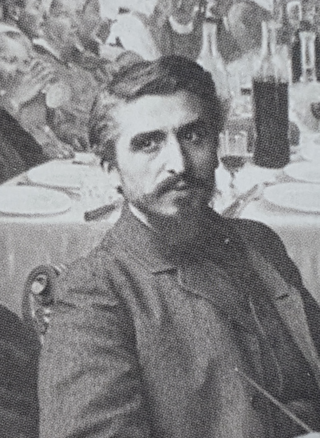
Henry d'Estienne was a French painter and a member of the Académie des Beaux-Arts.
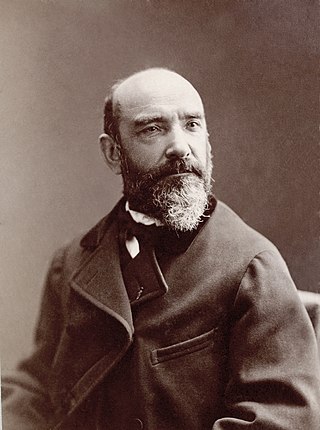
Adolphe Pierre Leleux was a French painter and illustrator. His brother Armand Leleux was also a painter.

André Eugène Dauchez, born in Paris, was a French painter, watercolourist, pastellist, engraver, draughtsman and illustrator known for landscapes, waterscapes and seascapes.
Constantin Georges Macris was a French painter of Greek origin.
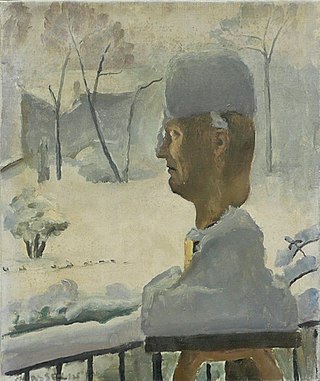
Maurice Paul Jean Asselin was a French painter, watercolourist, printmaker, lithographer, engraver and illustrator, associated with the School of Paris. He is best known for still lifes and nudes. Other recurring themes in his work are motherhood, and the landscapes and seascapes of Brittany. He also worked as a book illustrator, particularly in the 1920s. His personal style was characterised by subdued colours, sensitive brushwork and a strong sense of composition and design.
Jeanne-Marie Barbey, also known as Louise Jeanne Marie Barbée was a French artist, painter and photographer, whose work frequently concentrated on Brittany.
References
- P. Sanchez, Les expositions de la Galerie Berthe Weill (1901-1942) et de la Galerie Devambez (1907-1926), Dijon: L’Echelle de Jacob, 2009, pp. 44, 459.
- La victoire, exhibition catalogue, Galerie Devambez, Paris, 11.03–01.04.1919, Paris: Galerie Devambez, 1919.
- L. Thornton, Les Artistes peintres-voyageurs, ACR éditions, Courbevoie, 1990.
- M. Wolpert & J. Winter, Figurative paintings: Paris and the Modern Spirit, A Schiffer Book, Atglen, 2006, p. 254.
- B. Dumas, Henri Sollier, Peintre naturaliste de la Bretagne, ArMen n°189, Juillet-Aout 2012, p. 48-55.
- La route des peintres en Cornouaille, Groupement Touristique de Cornouaille, 1997